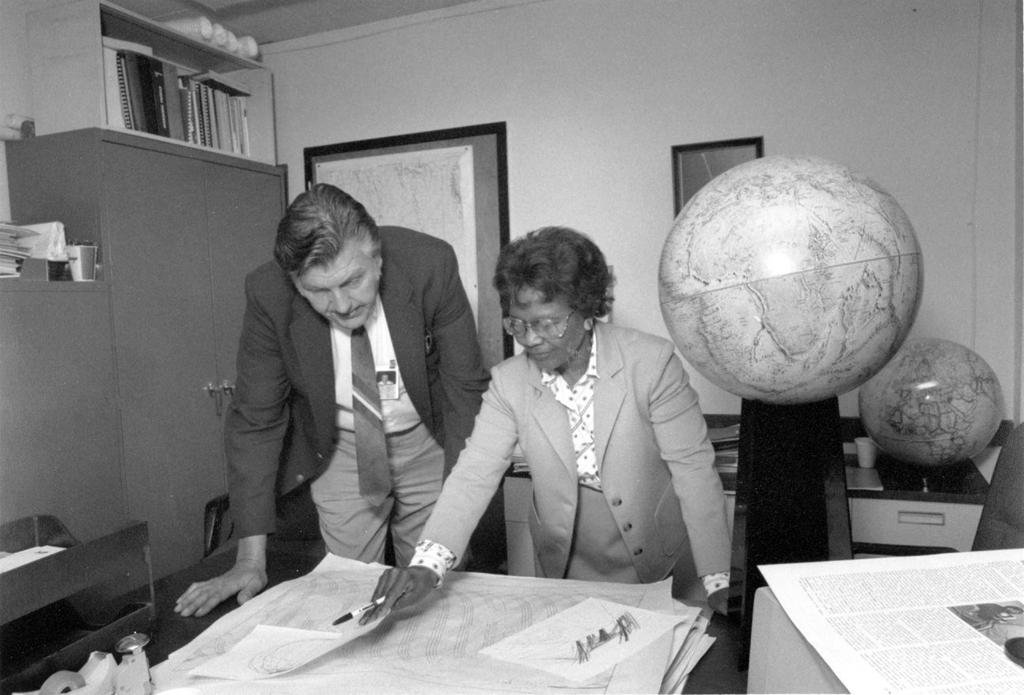by Paul Curzon, Queen Mary University of London

Satellites are critical to much modern technology, and especially GPS. It allows our smartphones, laptops and cars to work out their exact position on the surface of the earth. This is central to all mobile technology, wearable or not, that relies on knowing where you are, from plotting a route your nearest Indian restaurant to telling you where a person you might want to meet is. Many, many people were involved in creating GPS, but it was only in Black History Month of 2017 when the critical part Gladys West played became widely known.
Work hard, go far
As a child Gladys worked with her family in the fields of their farm in rural Virginia. That wasn’t the life she wanted, so she worked hard through school, leaving as the top student. She won a scholarship to university, and then landed a job as a mathematician at a US navy base.
There she solved the maths problems behind the positioning of satellites. She worked closely with the programmers to write the code to do calculations based on her maths. Nine times out of ten the results that came back weren’t exactly right so much of her time was spent working out what was going wrong with the programs, as it was vital the results were very accurate.
Seasat and Geosat
Her work on the Seasat satellite won her a commendation. It was a revolutionary satellite designed to remotely monitor the oceans. It collected data about things like temperature, wind speed and wind direction at the sea’s surface, the heights of waves, as well as sensing data about sea ice. This kind of remote sensing has since had a massive impact on our understanding of climate change. Gladys specifically worked on the satellite’s altimeter. It was a radar-based sensor that allowed Seasat to measure its precise distance from the surface of the ocean below. She continued this work on later remote sensing satellites too, including Geosat, a later earth observation satellite.
which Gladys helped develop. Photo credit US Navy, 1985, via Wikipedia.
GPS
Knowing the positions of satellites is the foundation for GPS. The way GPS works is that our mobile receivers pick up a timed signal from several different satellites. Calculating where we are can only be done if you first know very precisely where those satellites were when they sent the signal. That is what Gladys’ work provided.
GPS Watches
You can now buy, for example, buy GPS watches, allowing you to wear a watch that watches where you are. They can also be used by people with dementia, who have bad memory problems, allowing their carers to find them if they go out on their own but are then confused about where they are. They also allow parents to know where their kids are all the time. Do you think that’s a good use?
Since so much technology now relies on knowing exactly where we are, Gladys’ work has had a massive impact on all our lives.
This article was originally published on the CS4FN website and a copy can also be found on page 14 of Issue 25 of CS4FN, “Technology worn out (and about)“, on wearable computing, which can be downloaded as a PDF, along with all our other free material, here: https://cs4fndownloads.wordpress.com/
This article is also republished during Black History Month and is part of our Diversity in Computing series, celebrating the different people working in computer science (Gladys West’s page).
This blog is funded through EPSRC grant EP/W033615/1.




One thought on “Gladys West: Where’s my satellite? Where’s my child? #BlackHistoryMonth”